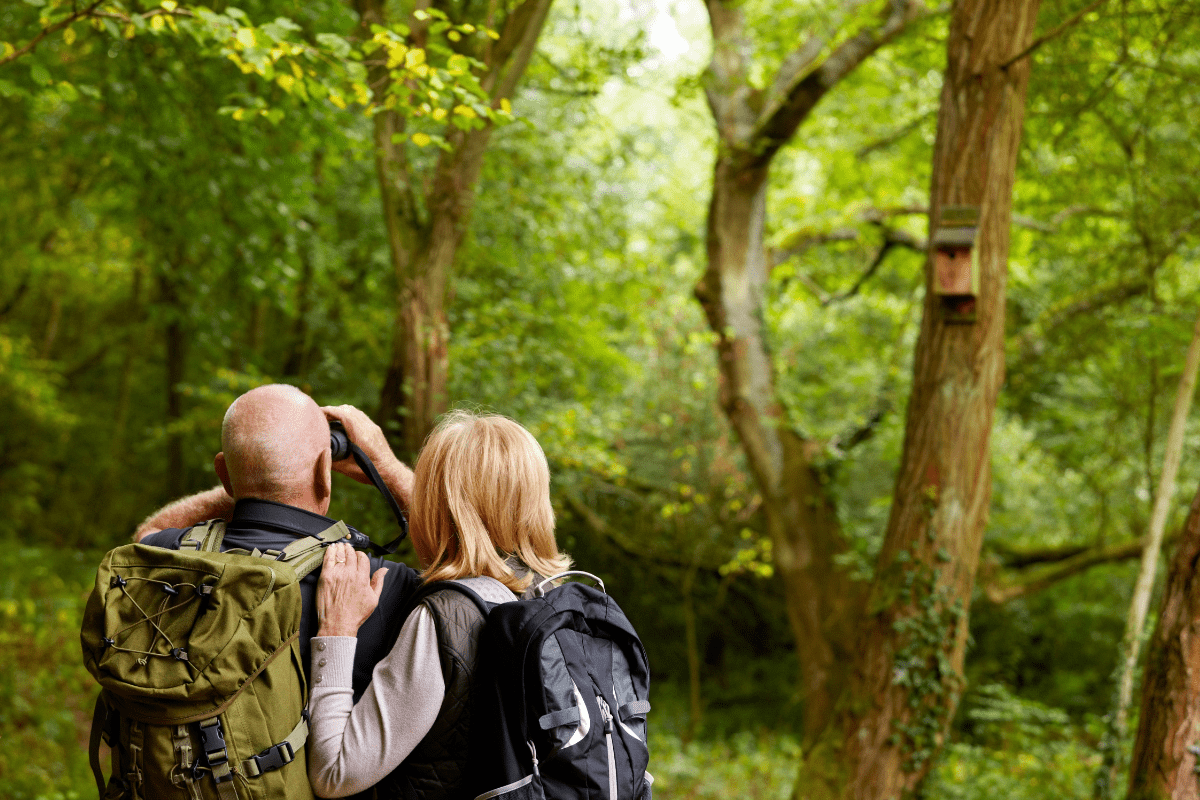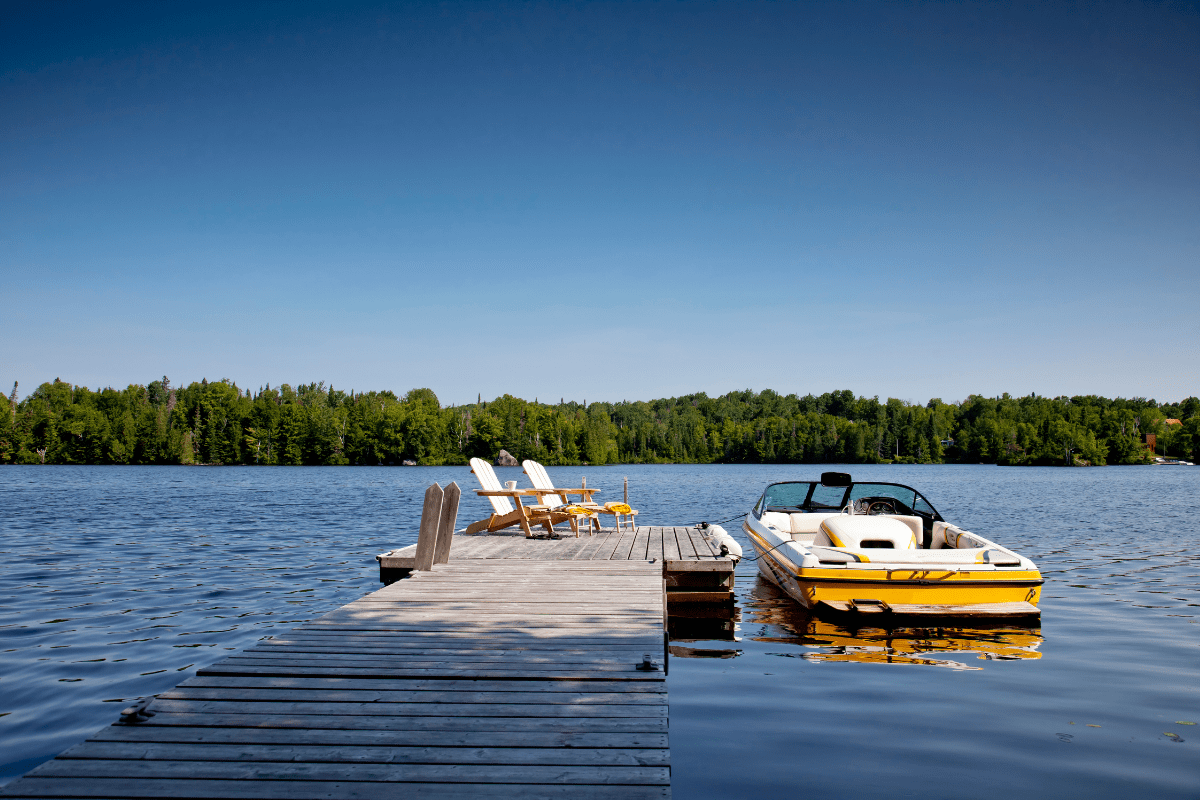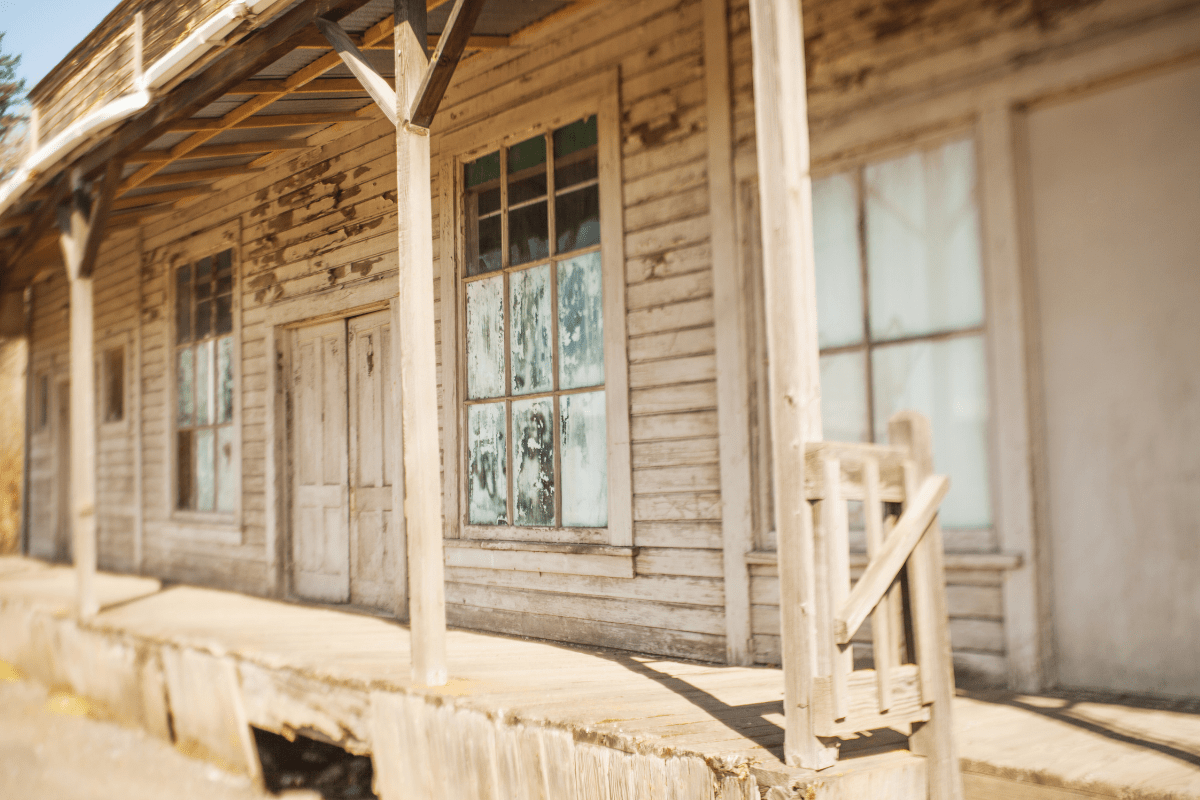Georgia's wildlife scene is absolutely bonkers in the best possible way. From prehistoric-looking alligators that could star in Jurassic Park to delicate butterflies that migrate thousands of miles, this state serves up nature encounters that'll make your Instagram followers think you've been globe-trotting.
The wildlife numbers that'll make your jaw drop
Georgia isn't messing around when it comes to biodiversity. We're talking 427 documented bird species, which is more birds than I have unread emails. Add in over 150 species of reptiles and amphibians, plus 90 different mammals, and you've got yourself a real-life nature documentary waiting to happen.
The alligator situation alone is worth a double-take. Georgia's home to somewhere between 200,000 and 250,000 gators, which sounds terrifying until you realize they're basically oversized lizards who'd rather sunbathe than bother with you. Unless you're a fish. Or look particularly fish-like.
Here's what really gets me excited though: all this wildlife watching isn't just good for the soul, it's pumping serious cash into Georgia's economy. Wildlife tourism contributes to the state's $79.7 billion annual tourism economy. Last year alone, 14.2 million people visited Georgia state parks. That's a lot of people getting their nature fix.
Where to find Georgia's most amazing wildlife
The legendary Okefenokee Swamp
Let's start with the heavyweight champion of Georgia wildlife destinations. The Okefenokee National Wildlife Refuge is basically the Disneyland of swamps, except instead of Mickey Mouse, you get 15,000 American alligators and instead of churros, you get… well, you should probably bring your own snacks.
This 402,000-acre wilderness is home to 234 bird species, including the oh-so-dramatic wood storks that look like they're perpetually judging your life choices. The refuge has three different entrances, and each offers its own flavor of swamp magic:
The Suwannee Canal Recreation Area near Folkston is your main entrance, complete with the Chesser Island Boardwalk. This ¾-mile wheelchair-accessible trail leads to a 40-foot observation tower where you can pretend you're the king or queen of the swamp. There's also the Swamp Island Drive, a 4.5-mile auto tour for those who prefer their wildlife viewing with air conditioning.
Stephen C. Foster State Park on the west side offers a more remote experience, while the privately operated Okefenokee Swamp Park to the north provides a slightly more touristy vibe, complete with boat tours and educational programs.
Cost-wise, you're looking at $5 per vehicle for a 7-day pass or $15 for an annual pass. Guided boat tours through Okefenokee Adventures run $35 for adults and last about 90 minutes. Pro tip: the morning tours often have better wildlife activity and fewer mosquitoes plotting your demise.
Piedmont National Wildlife Refuge: Where woodpeckers rule
About an hour south of Atlanta, the Piedmont National Wildlife Refuge is basically a conservation success story on steroids. This 35,000-acre forest used to be eroded farmland that looked about as healthy as my houseplants. Now? It's home to over 50 family groups of endangered red-cockaded woodpeckers.
These birds are incredibly picky roommates. They only nest in living pine trees that are at least 60 years old, and they spend months excavating their cavities. The refuge maintains their preferred open pine forest through prescribed burns, which is basically like hiring a landscape crew that uses fire instead of hedge trimmers.
The 6-mile Little Rock Wildlife Drive takes you through the heart of woodpecker territory, and the specifically named Red-Cockaded Woodpecker Trail gets you even closer to the action. Visit between April and June during breeding season for maximum woodpecker drama.
Coastal Georgia: Where the beach meets the wild
The Colonial Coast Birding Trail is 100 miles of pure coastal magic connecting 18 sites where 75% of Georgia's bird species have been spotted. That's like finding three-quarters of Pokemon in one region, except these creatures are real and significantly less likely to fit in a pokeball.
Jekyll Island is the star player here, featuring the Georgia Sea Turtle Center where you can watch rehabilitating turtles and learn why plastic straws are basically turtle kryptonite. From May through August, loggerhead sea turtles haul themselves onto the beaches to nest, which is both inspiring and exhausting to watch.
Hidden gems worth the detour
Not all of Georgia's wildlife hotspots make the tourist brochures. The Nature Conservancy's Moody Forest Natural Area protects 4,426 acres of old-growth longleaf pine forest. This place is so pristine, it's like stepping back in time before humans invented strip malls. You'll find gopher tortoises (basically land turtles with commitment issues), Eastern indigo snakes, and wild turkeys that are way more impressive than their Thanksgiving cousins.
For urban wildlife enthusiasts, Kennesaw Mountain National Battlefield Park near Atlanta transforms into Hawk Central every fall. Thousands of raptors funnel through during September and October, creating a aerial parade that puts air shows to shame.
When to see what: Georgia's wildlife calendar
Spring awakening (March through May)
Spring in Georgia is like nature's coffee kick. Everything wakes up at once, and the energy is infectious. Neo-tropical songbirds flood in from mid-April through mid-May, with some locations hosting 20 or more warbler species in a single morning. That's basically a bird buffet for your binoculars.
Monarch butterflies begin arriving in April, starting their epic journey north. These orange beauties travel up to 3,000 miles, which makes my complaints about my daily commute seem pretty pathetic. Alligators also shake off their winter sluggishness and start basking, because even cold-blooded reptiles appreciate a good tan.
Summer sizzle (June through August)
Summer in Georgia is hot, humid, and absolutely hopping with wildlife activity. Sea turtle nesting peaks in June and July along the coast. Watching a 300-pound loggerhead turtle haul herself up the beach to nest is like watching your out-of-shape uncle attempt a pull-up… inspiring but slightly painful.
The heat pushes most wildlife activity to early morning and evening, which conveniently coincides with the best lighting for photography. Alligators reach peak activity levels in summer, so this is prime time for swamp exploration. Just remember: if it's too hot for you, it's perfect for them.
Fall migration madness (September through November)
Fall is when Georgia becomes a highway in the sky. Monarch migration peaks from September through October, with millions of butterflies passing through. It's like nature's version of rush hour, except way more beautiful and nobody's honking.
Broad-winged hawks peak around September 21, right around the autumn equinox. On a good day with northwest winds after a cold front, you might see thousands of hawks kettling (that's bird-nerd speak for circling in thermals). The show is so impressive, you'll forget to check your phone for at least 10 minutes.
Winter waterfowl wonderland (December through February)
Winter transforms Georgia's wetlands into waterfowl central. Twenty-two species of ducks, geese, and swans use Georgia as their winter vacation home. Can you blame them? Sure beats freezing in Canada.
This is also when northern bird species that breed up north decide Georgia's mild winters are pretty sweet. Yellow-bellied sapsuckers (yes, that's a real bird name) and various sparrows join the party. Wildlife refuges get less crowded with humans in winter, which means better viewing opportunities for those brave enough to bundle up.
Pro tips from people who actually know what they're doing
Dave Miller, a Blue Ridge wildlife photographer ranked among the world's top 60, drops this wisdom: "Photography has provided a means for connecting with the natural world in deeply transformational ways." He also notes that "the soft, diffused light of overcast spring mornings eliminates harsh shadows," which is photographer-speak for "cloudy days are actually awesome for photos."
Essential gear that won't break the bank
You don't need to sell a kidney to get into wildlife viewing. Start with these basics:
• Quality binoculars (8×42 or 10×42) • Comfy hiking boots • Bug spray (trust me) • Water bottle (dehydration is real) • Field guide or app • Camera with zoom lens • Patience (free but priceless) • Snacks (hangry wildlife watching isn't fun)
For photography, 400mm or longer telephoto lenses help you get those National Geographic-worthy shots without becoming an alligator's lunch. Georgia's humidity is brutal on equipment, so bring silica gel packets to prevent your expensive camera from growing its own ecosystem.
The secret sauce of wildlife viewing success
Timing is everything, and I'm not just talking about comedy. The golden hours just after sunrise and before sunset offer the best light and most animal activity. But different critters have different schedules. Raptors ride thermals that develop between 10-11 AM and 3-4 PM, while overcast days increase activity by keeping temperatures moderate.
Here's a truth bomb: if you want to see wildlife, you need to think like wildlife. Move slowly, dress in earth tones (save the neon for the gym), and for the love of all that's holy, put your phone on silent. Nothing says "predator alert" quite like your ringtone blaring through the forest.
The nitty-gritty of planning your adventure
What it'll cost you
Georgia's pretty reasonable when it comes to outdoor access. State parks charge $5 per vehicle daily, or you can spring for a $50 annual pass. Seniors get 50% off, and military folks get 25% off, because Georgia appreciates both wisdom and service.
Here's a hack: many public libraries offer free 7-day park passes you can check out like a book. It's basically the best library card perk since… well, free books.
National Wildlife Refuges vary. Savannah NWR is free (score!), while Okefenokee charges $5 per vehicle for a 7-day pass.
Making wildlife accessible to everyone
Georgia's seriously stepping up its accessibility game. Eleven state parks offer free all-terrain wheelchairs through a partnership with the Aimee Copeland Foundation. These aren't your grandma's wheelchairs… they're basically tanks that can handle trails.
The Okefenokee's Chesser Island Boardwalk is fully wheelchair accessible, proving that you don't need to trek through mud to see amazing wildlife. Many locations offer paved trails and accessible viewing platforms because nature should be for everyone, not just mountain goats in human form.
Staying safe in the wild(ish)
Let's talk safety without sounding like your overprotective parent. Georgia's wildlife is generally more afraid of you than you are of it, but respect goes both ways.
The golden rule for alligator viewing is maintaining at least 60 feet of distance. That's about four car lengths for those of us who failed geometry. Feeding alligators is illegal and will get you fined up to $200, plus the gator will probably give you a bad Yelp review.
Georgia has six venomous snake species, but they're not lurking behind every tree waiting to ruin your day. Wear boots, watch where you step, and remember that most snake bites happen when people try to handle or kill snakes. So maybe… don't do that?
In North Georgia's bear country, proper food storage is crucial. Bears have better noses than sommeliers and will absolutely crash your picnic if given the chance.
Making it happen: Your action plan
Ready to get out there? Start with the Go Outdoors Georgia app for trail maps and real-time updates. For overnight stays, you can book state park camping up to 13 months in advance, which is helpful if you're the planning type or frustrating if you're more spontaneous.
Check eBird for recent sightings in your target areas. It's like social media for bird nerds, except the posts are actually useful. The Georgia DNR Wildlife Resources Division website keeps updated information on regulations and seasonal happenings.
Remember, every park fee and guided tour directly supports conservation efforts. Georgia's alligator population recovered from near extinction to today's healthy numbers thanks to these programs. Your wildlife watching literally helps wildlife keep watching.
Time to get wild
Georgia's wildlife viewing opportunities are like a box of chocolates, except you pretty much know what you're gonna get if you do your homework. From the mysterious depths of the Okefenokee to the soaring hawks over Kennesaw Mountain, this state offers encounters that'll make you forget about your Netflix queue.
The best time to start? Honestly, right now. Wildlife doesn't wait for perfect conditions, and neither should you. Pack some snacks, charge your camera, and remember: the only bad wildlife watching trip is the one you didn't take. Georgia's wild kingdom is waiting, and trust me, it's way better than anything on TV.





